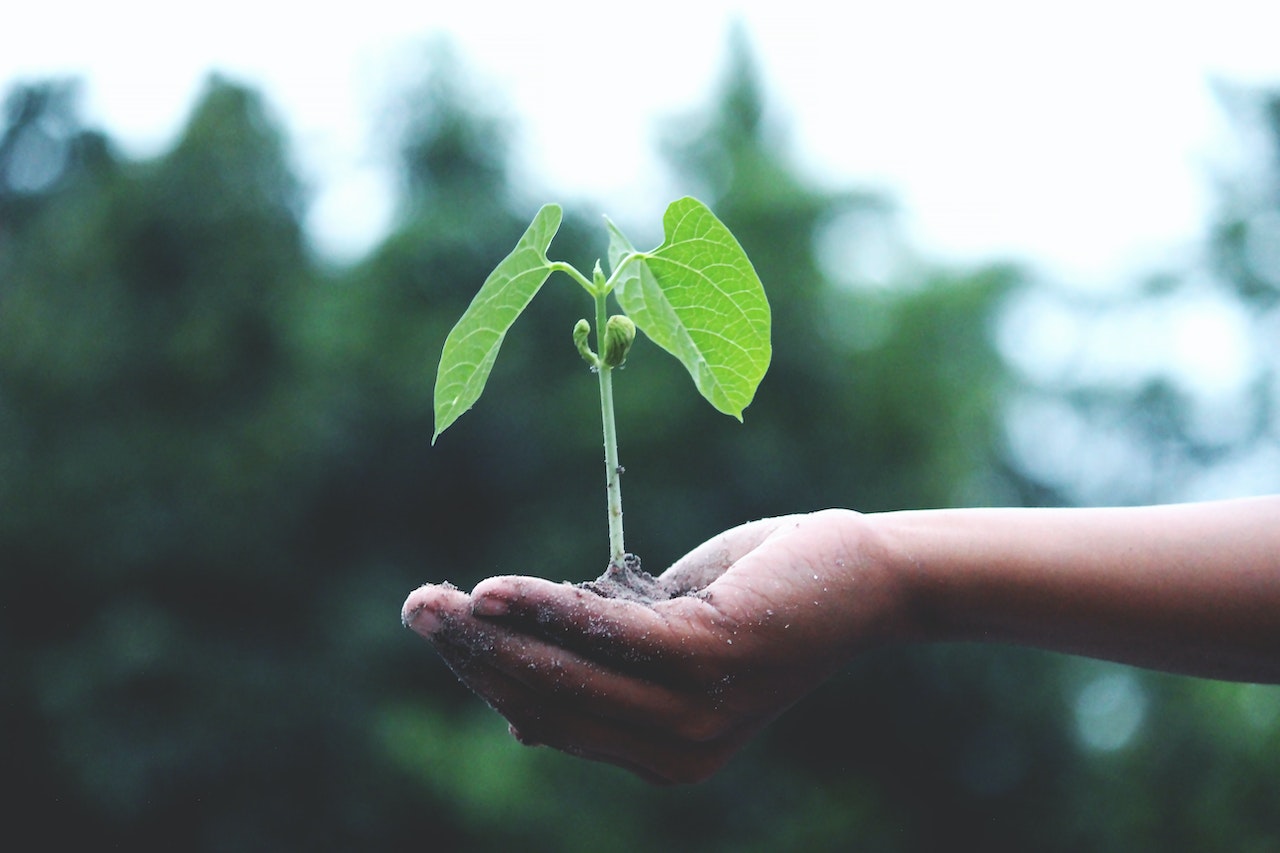This post was originally published on Sustainability Matters

With landfill said to reach capacity in Greater Sydney by 2030, the NSW Government has passed legislation to become the first state to implement a statewide mandate for food organics and garden organics (FOGO) recycling, diverting food waste from landfill into compost.
The legislation mandates FOGO collection services for households by July 2030, and for businesses and institutions in stages from July 2026.
“NSW has ignored the crisis for landfill capacity for too long. We cannot kick this can down the road any longer,” said Minister for Energy Penny Sharpe. “The new FOGO laws mean NSW is leading the nation in combating food waste, becoming the first to mandate this recycling revolution across the state.”
FOGO bins will be rolled out at premises such as supermarkets, pubs, cafes, universities, schools, hotels and hospitals. Large supermarkets will also be required to report on the amounts and types of surplus food donated to charities like OzHarvest, Second Bite and Foodbank.
With FOGO taking up to a third of household red bin capacity, this legislation may help take some pressure off landfill. The new laws are projected to divert up to one million tonnes of organic waste from landfill each year, with most to be transformed into high-quality compost for parks, sporting fields and agriculture, promoting healthier soils and sustainable food production.
With the introduction of this mandate, the government plans to take the state one step closer to a circular economy, where resources are recycled, reused and repurposed.
“The mandate is a good step in the right direction, and it comes after the federal government abandoned its initial target for food organic waste collection, changing it from 2023 to 2030,” said Dr Bhavna Middha, Senior Research Fellow, College of Design and Social Context at RMIT University.
The new laws are backed by a $81 million FOGO Fund to go largely to councils for infrastructure including bins, kitchen caddies and liners, contamination audits, community education programs and staffing, including a $9 million boost in funding allocated to:
- $4 million to support implementation in apartments and multi-unit dwellings
- $3 million for a statewide advertising campaign to raise awareness and encourage behaviour change
- $1 million for councils with existing FOGO services to conduct annual ‘booster’ education campaigns
- $1 million for a pilot to tackle contamination hotspots using artificial intelligence.
“The NSW Government doesn’t allow any biodegradable, compostable or bioplastics in food waste or FOGO bins, but fibre-based (paper or newspaper) or compostable plastic kitchen caddy liners that comply with the Australian standard for commercial composting are allowed in kitchen caddies,” Middha said.
“This makes it easier for households to collect and dispose of their food waste into FOGO bins. This also reduces the contamination in food waste as excessive biodegradable products were impacting the safe application of the compost.”
The NSW Environment Protection Authority is working closely with communities, councils and industry to ensure a smooth and effective transition.
A step-by-step Best Practice Guide has also been launched to help councils introduce FOGO and manage contamination risks.
Image credit: iStock.com/ruizluquepaz





0 Comments